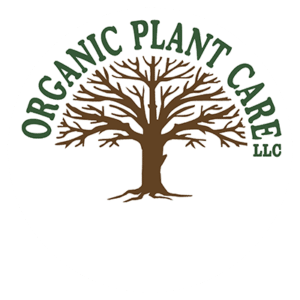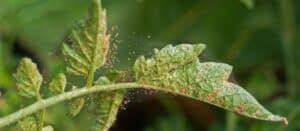One of the best reasons for homeowners to keep their trees, lawn, and landscape plants healthy is to fully enjoy the outdoor experience. All members of a family, including the pets, benefit from time outdoors enjoying the fresh air and sunshine.
If you have pets, however, you’ll need to take some extra precautions when planning and maintaining your outdoor space.
In this article, we’ll go over some outdoor hazards to avoid in order to keep your pets (and other animals who may be passing through) safe, including:
- Plants that are non-toxic
- Trees without thorns
- Chemical-free treatments
- And more
Keep reading for our tips on how to keep animal-kind safe on your property.
Top Tips to Create a Pet-Friendly Property
Whether you have dogs or cats, horses, or tortoises, there are things you can do on your New Jersey or Pennsylvania property to make it safer for your pets.
You may have already thought of and implemented some of the suggestions below, others may be new to you.
Either way, we hope you find these suggestions helpful in avoiding any pet issues with your property in the future.
1. Consider Planting Only Non-Toxic Plants
Choosing plants for your property that are non-toxic to pets and animals may not be your first consideration when planting. However, it is a simple way to keep your pets safe, especially if they are prone to chewing on anything within reach.
Toxic Plants to Avoid
A partial list of common plants in our area that are toxic to pets includes:
- American Holly
- Boxwood
- Buckeye
- Carnation
- Chamomile
- Chrysanthemum
- Daffodil
- Geranium
- Hickory trees
- Horse chestnut trees
- Hydrangea
- Ivy
- Oak trees
- Oleander
- Rhododendron
- Rhubarb
- Tulip
- Yew
In some cases, the leaves, flowers, bark, or stems may be toxic. For other plants, it’s the fruit, seeds, or nuts that are dangerous for pets.
For example, oak trees themselves are not toxic, but the acorns that they produce can be. If you have an oak tree on your property, pick up the acorns as soon as they fall to avoid any poisonous effects for your animals.
Any tree that produces nuts, in fact, can be dangerous for pets. In general, nuts aren’t safe for dogs. They can cause indigestion, gastrointestinal issues, and blockages.
The horse chestnut or buckeye tree contains saponin, which can cause severe health issues. Symptoms include vomiting, diarrhea, convulsions, and even coma.
Fruit trees such as apple, plum, and cherry can be dangerous for your pets. For example, cherry trees and shrubs (Prunus sp) including the choke cherry, black cherry, and cherry laurel contain cyanogenic glycosides. All parts of these plants other than the ripe pulp around the seeds are considered toxic and contain cyanide.
We recommend researching trees for any toxic qualities before planting them to avoid any complications after the tree is planted.
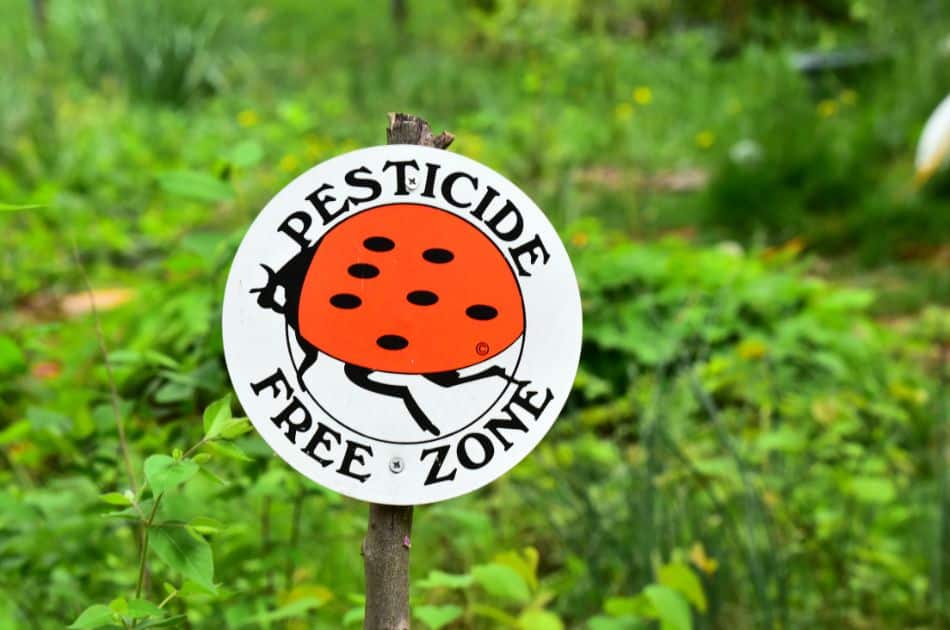
Plant These Instead
There are many beautiful plants that are non-toxic to pets and thrive in central New Jersey and eastern Pennsylvania. You can find a comprehensive list at the links below from the ASPCA.
See a full list of plants that are toxic and non-toxic to dogs
See a full list of plants that are toxic and non-toxic for cats
See a full list of plants that are toxic and non-toxic for horses
How to tell if your pet has eaten something toxic
Eating any leaves, bark, fruit, seeds, or nuts from a tree or plant that is toxic to animals can have several adverse effects.
Signs to look out for in your pets include:
- Vomiting
- Diarrhea
- Excessive drooling
- Paralysis
- Shock
- Lip-smacking and head-shaking
- Gastrointestinal issues
- Swollen mouth and tongue
- Tremors
- Seizures
- Weakness
- Decreased appetite
- Nosebleeds
See more signs of poisoning in cats in dogs on the Pet Poison Helpline website.
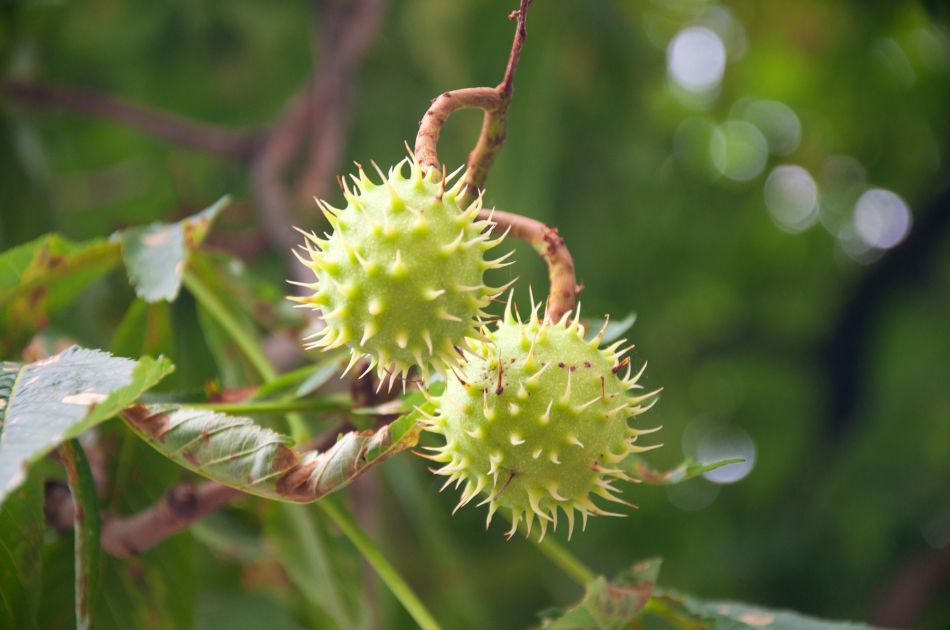
2. Avoid Planting Dangerous Trees
If plants or trees on your property have spines or thorns, they can prove dangerous for pets, especially if they like to chase or chew on sticks.
Low-hanging branches and spiny shrubs can cause injuries to pets’ eyes, noses, or other tender areas.
Trees that are usually covered in thorns often have thorn-free varieties available, if that is a concern.
3. Restrict the Use of Toxic Chemicals
At Organic Plant Care, we use organic treatments and products whenever possible. One of the reasons for using organic materials is because the pesticides that hurt pests can also harm other animals, such as beneficial insects, wildlife, or even your pets.
The same is true for fertilizers, which is why Organic Plant Care provides several options for adding nutrients to your soil. You can learn more about our pest and disease control, lawn fertilization, and tree fertilization at the links below.
About organic lawn care and how it works
Organic Fertilization Services
Organic Tree & Shrub Fertilization
If you do your own pest control and fertilization, follow these rules to keep your pets safe:
- Store these chemicals in areas that are inaccessible to pets and children.
- Always read the manufacturer’s label carefully so you understand how to use the product and the symptoms of poisoning to look for in your pets.
- After use, make sure your pet cannot access any areas where you’ve spread chemicals until they’ve dissipated.
- And, whenever possible, use pet-safe options (or call the organic experts at Organic Plant Care!).
Chemicals come in many forms, from liquids and gels to granules, sprays, and baits. Pets may be attracted to the shape, smell, or taste of various chemicals, even if they’re fatally toxic. Be particularly careful with baits of all kinds, such as snail bait, mole or gopher bait, and rat bait.
4. Beware of Ice Melt Products
Pet-safe landscaping isn’t just for the warmer months. The products you use to melt ice on slippery driveways or sidewalks, or even the salt products that are used on a street near your house, can impact the health of your pets.
Many ice melt products end up on pets’ paws. When the pet later licks their paws, that product is now in their system.
Look for ice and snow melt products marketed as pet safe or use alternatives such as sand to improve traction. Wash or wipe off your pets’ paws when they return indoors to minimize the exposure and lessen the chance of them getting any salt or chemicals into their system.
Learn how ice melt products can harm plants and pets >>
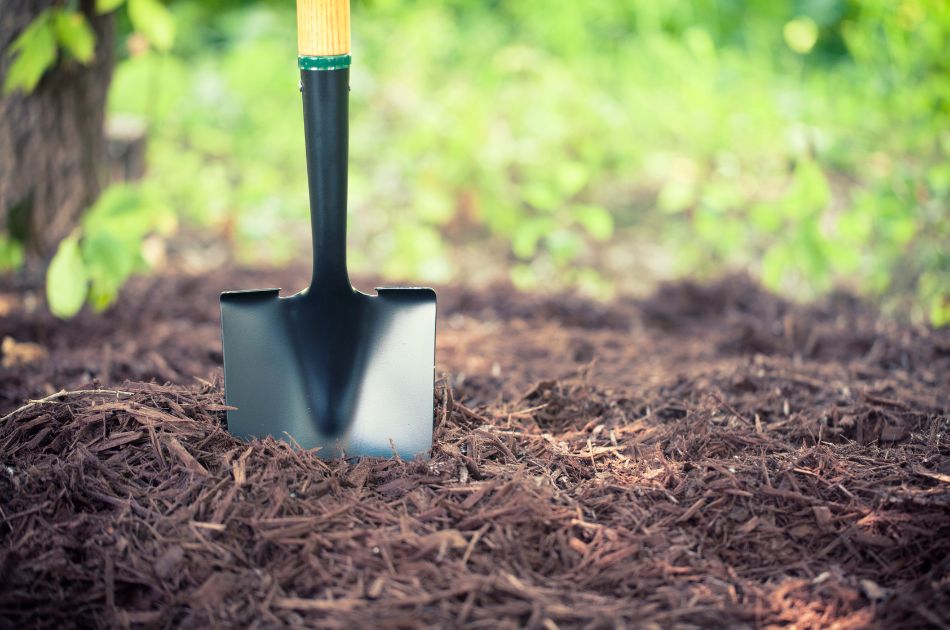
5. Use Caution When Choosing Mulch
Organic mulch is an important ingredient in a healthy yard but be aware that it can pose some issues for pets.
Cocoa bean mulch, or mulch from cocoa shells, is toxic to dogs although they seem to love its smell. Symptoms of coffee/cocoa ingestion include vomiting, diarrhea, muscle tremors, elevated heart rate, hyperactivity, and seizures.
Try to keep cocoa bean mulch away from any areas of your yard where a dog could access it. And be aware if you bring your dog to any areas that have this type of mulch.
Other mulch options, such as dyed wood and rubber mulches can also be harmful to pets who eat them. Dyed mulches can leach chemicals and rubber pieces can cause intestinal blockages.
Consider using readily-available alternatives that are healthier for your pets, such as well-aged wood chips or shredded bark.
Dogs or cats who enjoy chewing on pieces of wood can run into problems with smaller, short pieces of wood mulch. For most pets this isn’t an issue, but it is something to be aware of and watch out for. Dogs, in particular, might choke on the mulch or be cut by a sharp piece of wood.
6. Keep Ticks & Fleas Away
Our part of the country is infested with disease-carrying ticks. And fleas are likely to be found anywhere they can hitch a ride on an unsuspecting host animal.
These pests lie in wait for their victims, often in tall grass and brush. When your pet walks through or by the plants, ticks and fleas hop on.
Fleas cause scratching, possible hair loss, tapeworms, scabs, hot spots, and anemia from blood loss in both dogs and cats. Ticks can cause similar problems and can lead to complications from diseases such as Rocky Mountain spotted fever, Lyme disease, and Babesia.
To help minimize tick exposure for your pets (and your family), follow these simple landscape practices.
We also recommend a targeted barrier treatment with an organic tick control application. Our tick treatments are specifically timed to suppress ticks at each of their peak growth stages. Our licensed, trained technicians know where they’re lurking and when they’re most vulnerable. This allows us to avoid using synthetic, toxic chemicals with dangerous health and environmental impacts.
Call us today at 908-386-4346 if you’d like to learn more about our pet-safe tick control programs.
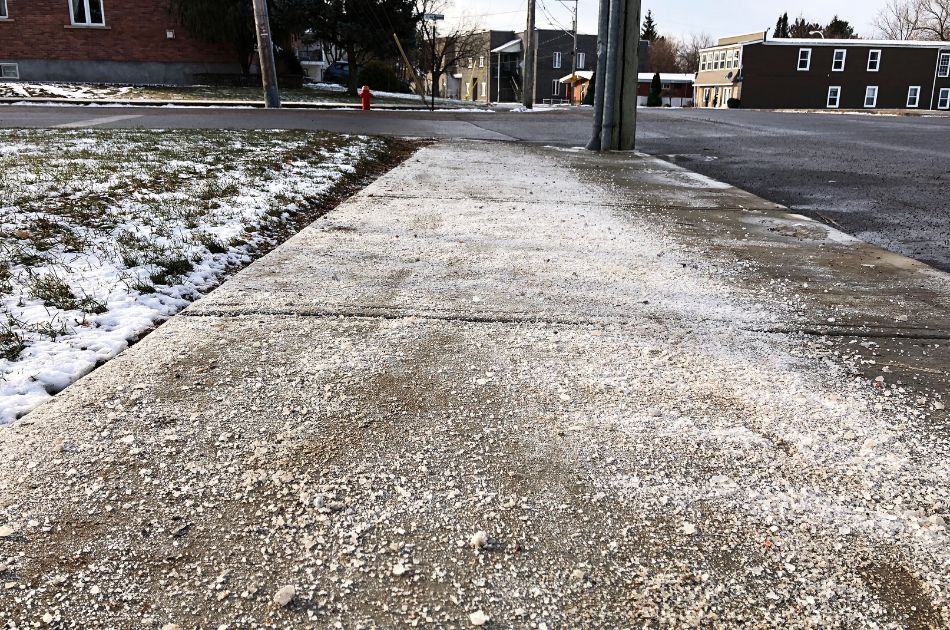
7. Protect Pets from Weather
Depending on the type of pet you have, and whether it lives primarily indoors or outside, you may need to pay attention to the weather, including:
- Heat warnings
- Storms
- Heavy rainfall or flooding
- Tornado warnings
- Hail
Have a plan for your outdoor pets during adverse weather conditions, such as shelter, water, protection from the elements, and food sources.
Animals can suffer from heat exhaustion and heat stroke just like humans, and with record-breaking temperatures lately, it’s good to have a plan in place for particularly hot days.
Also, keep in mind that pets have sensitive paws and may need protection from asphalt or other surfaces during both summer and winter.
8. Protect Pets from Predators
One final thing to keep in mind when your pets are outdoors is predators. Small dogs and cats, especially, can become a meal for larger forms of local wildlife.
Depending on how active certain forms of wildlife are in your neighborhood, you may want to consider protective measures such as fences, motion-activated lights, or even predatory deterrent outfits.
Consider this possibility when you leave your animals in your yard, even for a brief period of time.
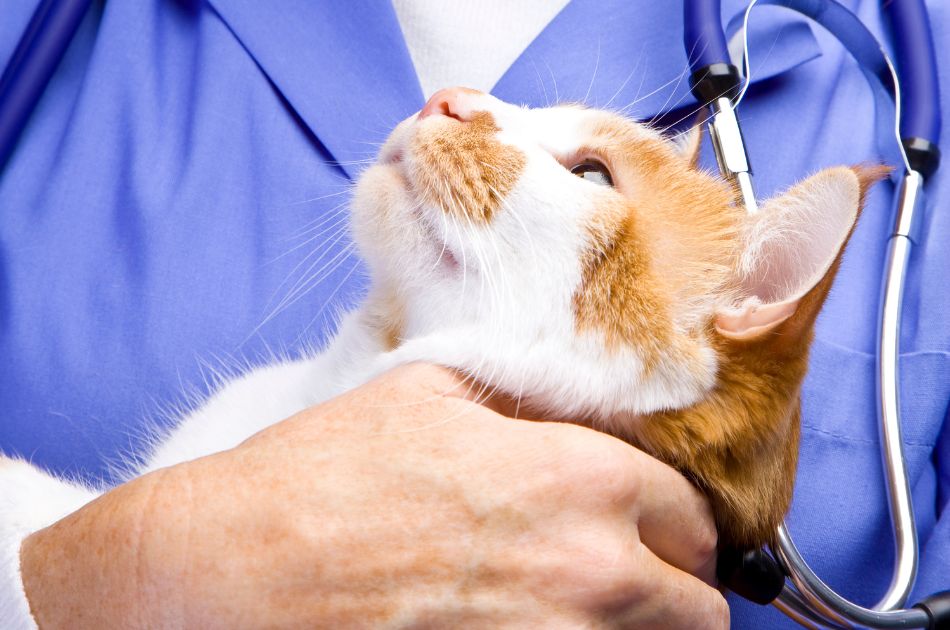
A Pet-Friendly Yard Also Protects Beneficial Insects and Wildlife
A healthy ecosystem, including yards and other cultivated properties, will include a variety of wildlife. From earthworms that create tunnels in the soil to birds, deer, and squirrels, your property is probably teeming with life.
One of the reasons we encourage organic treatments and the use of beneficial insects to control pests is that we want to protect those forms of life.
For instance, if you treat for a pest, and that pest is eaten by a lizard, and that lizard is eaten by an owl, the owl may suffer from the pesticide that was only intended for the original pest, potentially killing it as well.
The suggestions for pet-safe yards mentioned above not only keep your pets free from hazards but can help your local wildlife as well.
Organic Plant Care Can Help You Create or Modify a Pet-Friendly Yard
While a property may need a variety of changes over time to become truly pet-friendly, we can help you through that process.
The experts at Organic Plant Care can help you to treat tree and shrub pests and diseases, keeping your property healthy without harming any animals. We can also help you transition your lawn care to organic treatments and services, keeping your grass healthy while avoiding some of the more toxic chemicals. And finally, we have many resources right here on our website to assist you in learning more about organic treatments, beneficial insects, local tree diseases, garden pests, seasonal tips, and more!
Please contact Organic Plant Care for more information on any of the services we mentioned here or to schedule a consultation with one of our lawn, shrub, or tree experts.
GET THE LATEST NEWS
Subscribe to the Organic Plant Care Newsletter and get timely and helpful tips and updates monthly.
There's no spam - we promise!
